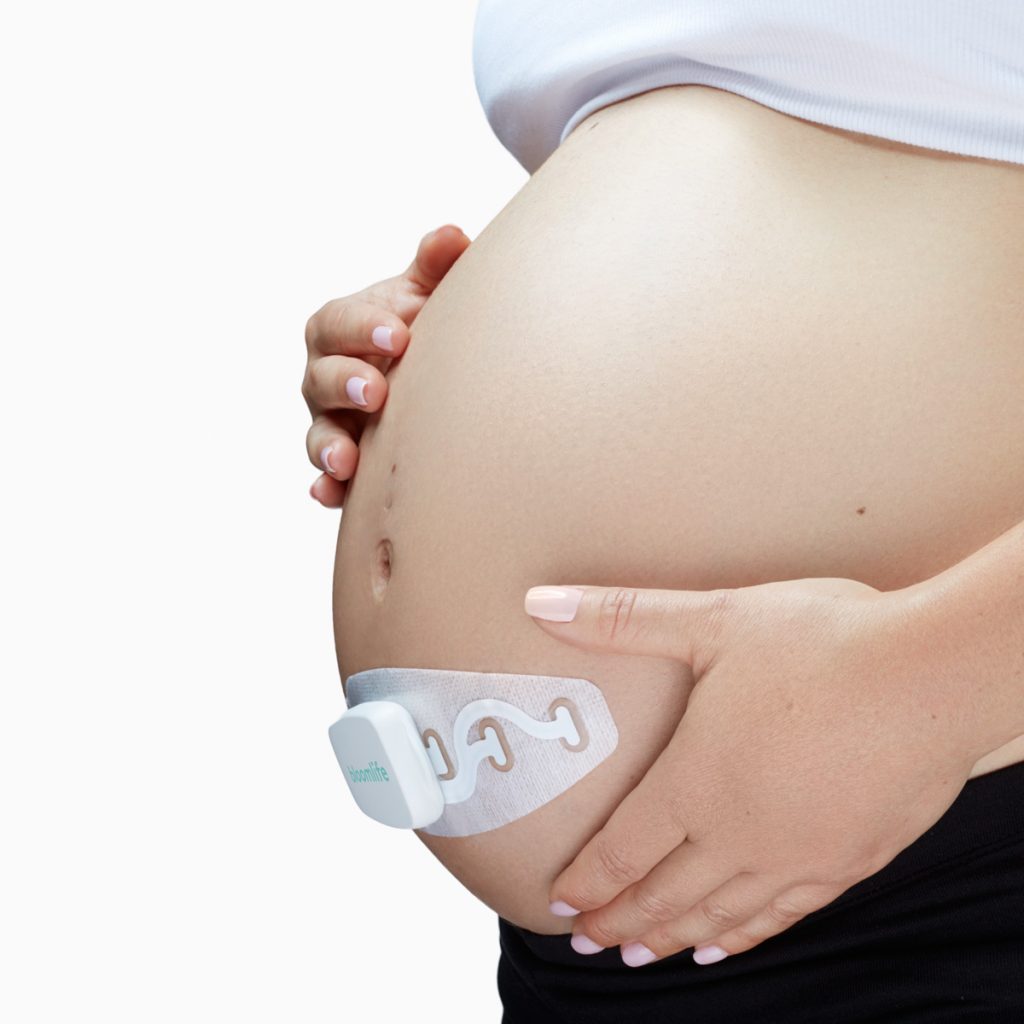Bloomlife Contraction Tracker Review
This is a guest post by a woman who had a baby this spring. She wished to remain anonymous.
“I wanted to send over my thoughts and experience of using the Bloomlife contraction tracker.
First, I figure I should share a little bit about my expectations and my 'WHY' for subscribing to the device. This was my first pregnancy and I was aspiring for the most natural birth possible, but allowing myself a corridor of grace in case circumstances turned otherwise. I had done a private hypnobirthing course and had learned all about how to labor at home and the importance of tuning into contractions.
Since this was going to be my first time experiencing delivery related contractions, I was curious whether these contractions would be similar to those experienced during monthly menstrual cycles or totally different. I also like the idea of a way to automatically track contractions on D-Day so I could labor at home and utilize all the laboring techniques I had learned through my hypnobirthing course.
In summary my two big hopes for the device were:
1) to validate what a contraction feels like
2) use for tracking on the delivery date to help guide when to go into hospital after 4cm
I received my device and started using it about 5 weeks before my due date. The sticker and the device were very easy to assemble and apply to begin tracking contractions. Downloading and logging into the app was also very simple. I was quite happy the device came pre-charged so you could take it out of the box and start using it right away. I used it for about three days in a row and this was enough to validate the pre-term contractions I thought I was feeling! The device also identified smaller contractions that I wasn't even feeling. In this way, I felt that the device accomplished my first big objective to better understand my body and the definition of a contraction.
The only thing I wished the device could do was provide some tips or analysis on the frequency of contractions or size of contractions (I was having pretty consistent contractions 4 weeks before my due date and ended up delivering two weeks early!). The device does not provide any commentary or feedback on the data procured; it leaves the end user craving a bit of analytics or outcomes! Perhaps even a guide with how to use the data collected to draw your own conclusions could be helpful?
In terms of the second objective related to utilizing the device the day of delivery! I don't know what happened, whether my contractions were too close together or whether the device battery failed but it didn't accurately capture the contractions and after the first hour of use that way.. my app could not find the device at all. This was disappointing - but it was likely due to my own user error! It's important to have the device charged at all times. I think there could have been more user engagement through SMS or push notifications to remind me to use the Bloomlife tracker, keep it charged, or even feed back some stats and generalized data back to me!
One other thing that happened, is that my Bloomlife device was actually THROWN OUT at triage! I came into the hospital wearing it and did not leave with it. The device is $500 if you lose it or ruin it... so make sure your partner or whoever you have that day for support is tracking it! Bloomlife was super gracious with me and gave me a discount, but this is just one other thing that users should be mindful of since this may not be at the top of your mind on delivery date.”


